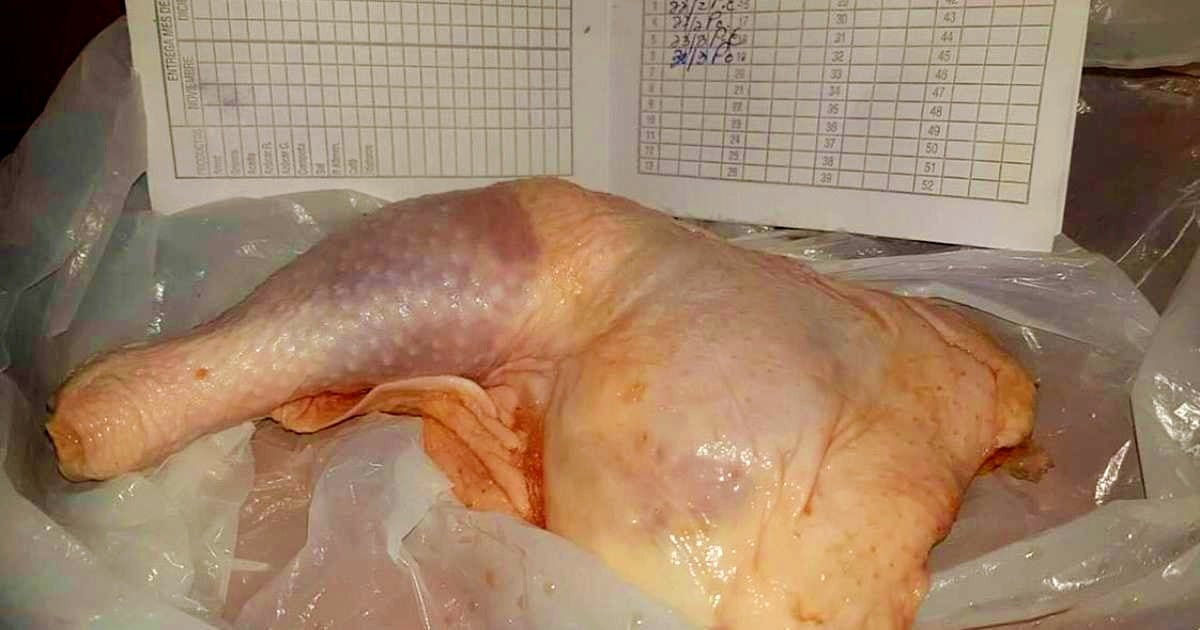
In the first half of 2024, U.S. chicken meat exports to Cuba have recorded a significant decline, according to data from the U.S. Department of Agriculture.
A total of 127 thousand tons of chicken were sent to the island, which represents a decrease compared to the same period in 2023, according to a report from that organization.
Although the total volume has decreased, the value of exports increased by 7%, indicating a rise in prices, explained the esteemed Cuban economist Pedro Monreal.
The analyst highlights that chicken exports to Cuba in the first half of 2024 amount to approximately 5,000 containers.
Although the total value of these exports reached 150.9 million dollars, surpassing the total annual imports of corn or powdered milk in 2022, the decline in volume reflects underlying problems in the market, he said in a thread on X.
In June 2024, chicken exports grew by 15.5% in volume compared to the previous month, with a 6% increase in value, following the usual fluctuating trend of monthly exports.
However, the price of chicken in June, at 1.23 dollars per kilogram, was lower than that of the previous month, which was 1.34 dollars per kilogram.
Monreal clarifies that the figures from the Department of Agriculture include all chicken meat exports to Cuba contracted to be marketed by all types of entities (state-owned, cooperatives, and SMEs).
In this regard, it points out that "the lower level of tons of chicken meat exported to Cuba in the first half of 2024 indicates the problematic nature of the official assumption that fixed limits on profits and prices in Cuba could stabilize low prices under conditions of reduced supply."
American chicken is a crucial source of animal protein in Cuba, compensating in part for the national agricultural crisis.
The decline in imports could worsen supply and access issues for essential food on the island, notes Monreal.
At the end of 2023, a dramatic decline in chicken exports was observed, with a decrease of 26.5% in value and 32% in volume compared to the previous month, reaching its lowest level since June 2020.
This decline occurred in a context of high prices, with a FOB value of 1.30 dollars per kilogram in October, the highest in five years.
What do you think?
COMMENTFiled under: